Previous post
Now reading
The ultimate travel guide to Stockholm, Sweden

Sweden is a country filled with a limitless list of things to see and do. With 80% of its landscape covered in wilderness, there is an abundance of nature, thousands of islands and an astonishing 100,000 lakes. Sweden is also the home to Ikea, ABBA, and the birthplace of the Nobel Prize.
Sweden’s capital, Stockholm, is Scandanavia’s grandest city and unquestionably one of the most beautiful capitals in the world. It is known as the ‘Venice of the North’, spread across 14 islands and connected by 57 bridges. The wider Stockholm archipelago is made up of a sizeable 33,000 islands!
It has been a pleasure to collaborate with Visit Stockholm during my trip to showcase the best things to see and do in the Swedish capital. Look no further for the ultimate travel guide to Stockholm, Sweden…
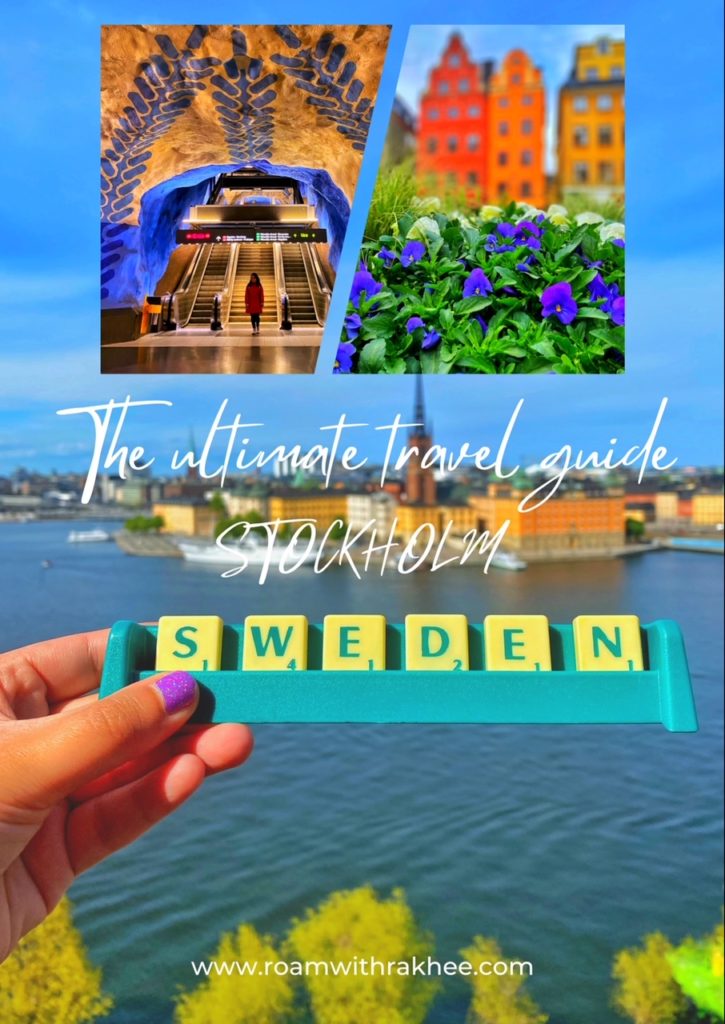
Stockholm has a Baltic climate, with freezing winters and pleasantly warm summers. I travelled here in May and most tourist activities and tours operate from May until September. It’s always best to carry a coat in Stockholm, no matter what the season. Daylight hour variations are pretty fascinating in Sweden, with over 18 hours of light in the summer, but as little as six hours in the winter!
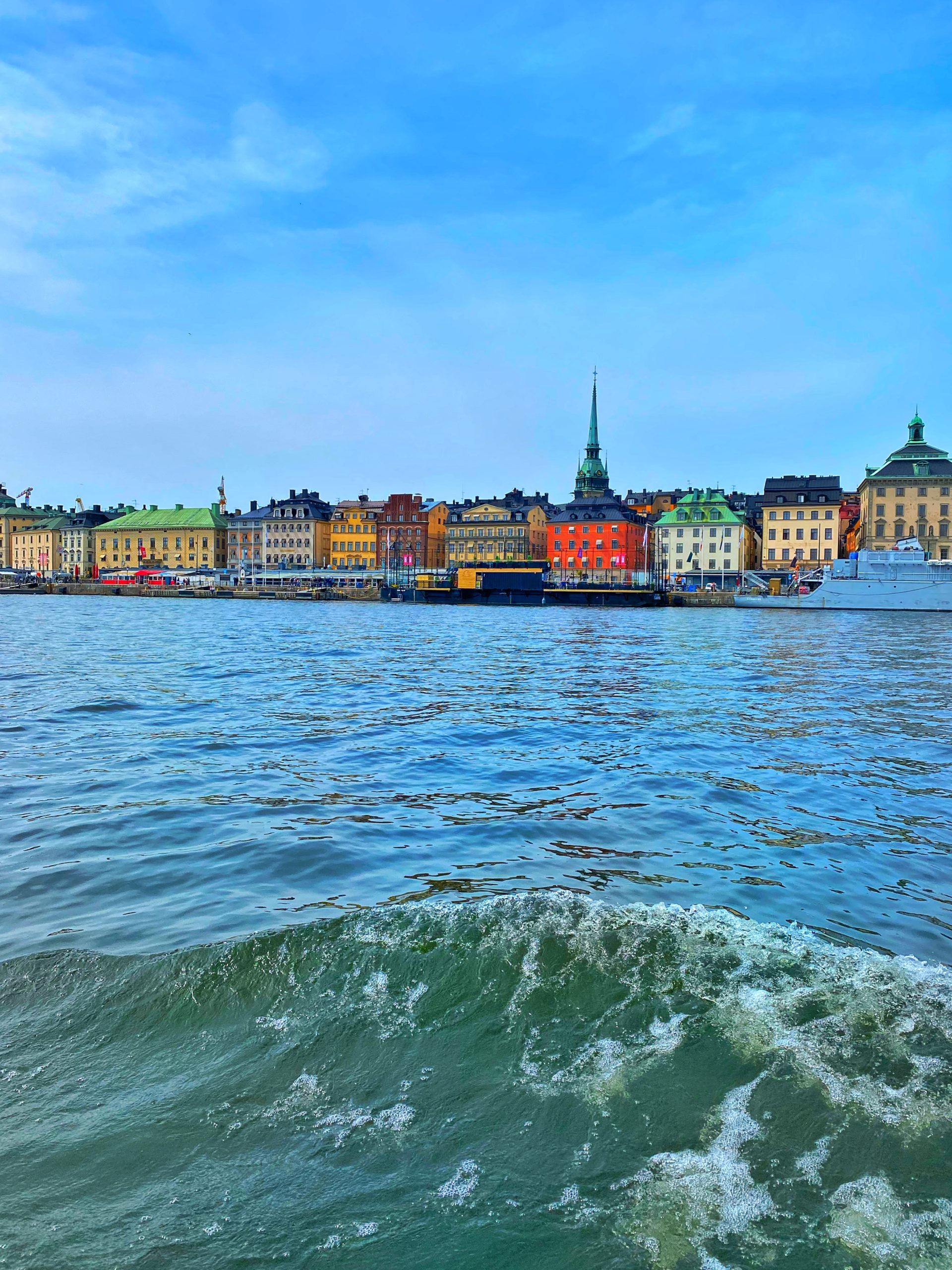
Swedish is the national language of Sweden and most road and subway signs are in Swedish. English is also widely spoken and I didn’t have any problems with getting around the city.
Unlike most European countries, Sweden doesn’t use the Euro and instead uses the Swedish Krona as its national currency. Many hotels, restaurants and transportation only accept cards (no cash), so do come prepared with a credit or debit card with zero foreign transaction fees. I didn’t travel with any cash and had no issues throughout the trip. In fact, I didn’t see cash anywhere so have no idea what the Swedish Krona looks like! Public toilets also have card machine facilities outside the doors for payment.
Arlanda is Stockholm’s main international airport, located 40km away from the city centre. There are several options to get to the centre, depending on your budget and time constraints. For one-way tickets, approximate costs are:
I used the Flybussarana Airport coaches which were really reliable, good value and timely, with frequent departures. They run three different routes from Arlanda, so it’s worth checking which one is most convenient for you on their website, depending on where your final destination is.

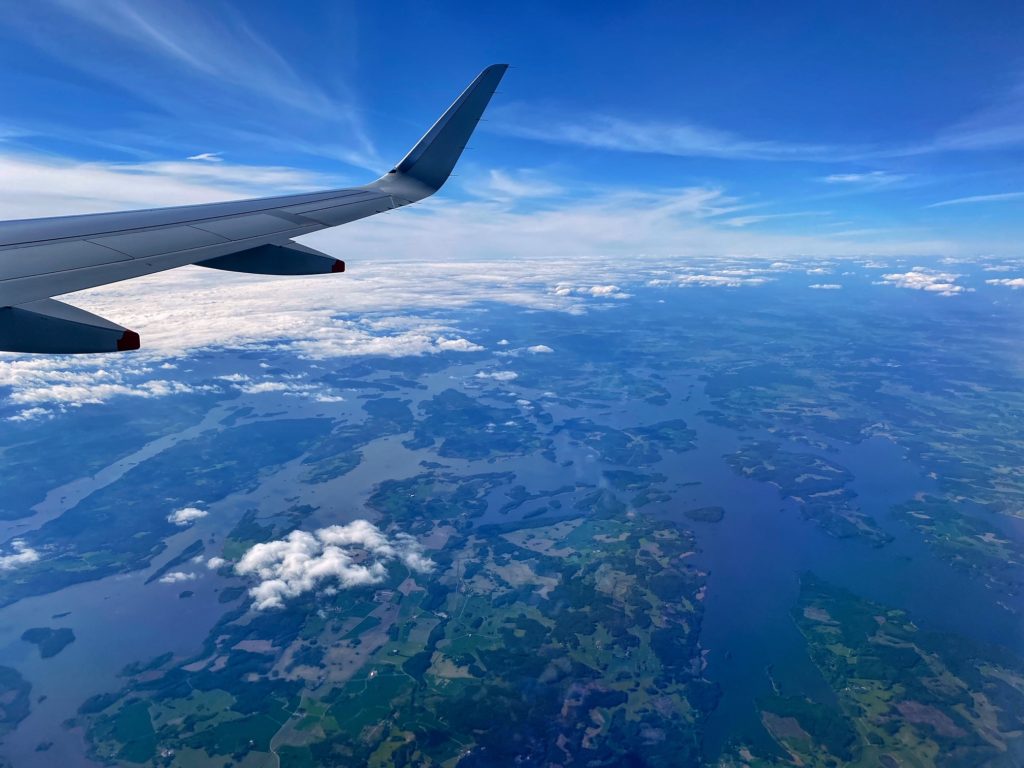
Taxis are expensive in Stockholm so it’s worth travelling by metro, tram and bus – a single ticket on either costs 39 SEK (approx. £3.16) and is valid for 75-minutes with unlimited journeys during that time. I used this time to explore the metro stations, otherwise known as ‘tunnelbana’, which combined together, form the world’s longest art gallery! There are also 24-hour and 72-hour passes available. The city is also easily walkable with many sights in close proximity, and bikes and electric scooters are also popular ways to get around.
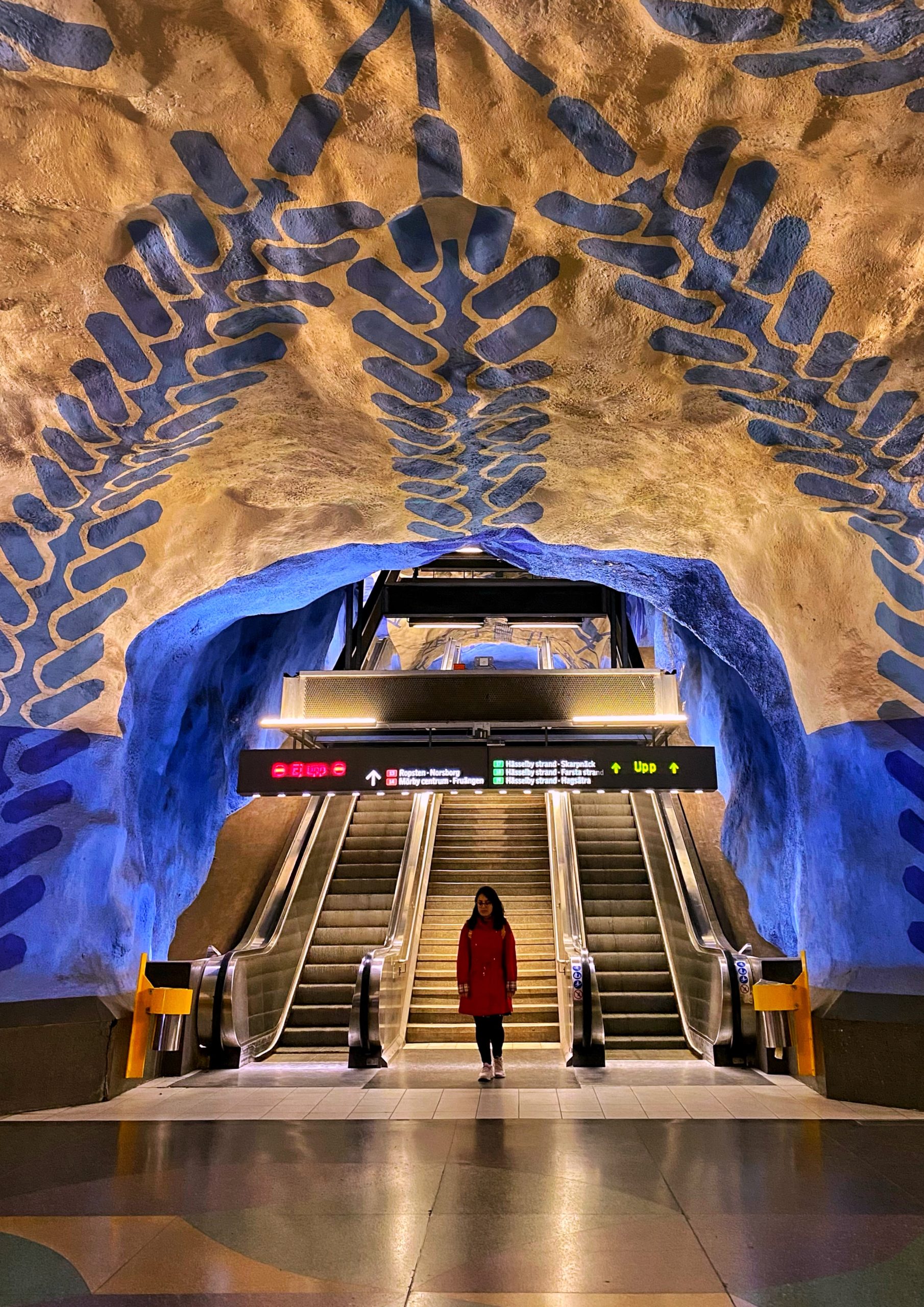

Stockholm is divided into different districts, each with its own unique charm and flavour. The most popular neighbourhoods to stay in are:
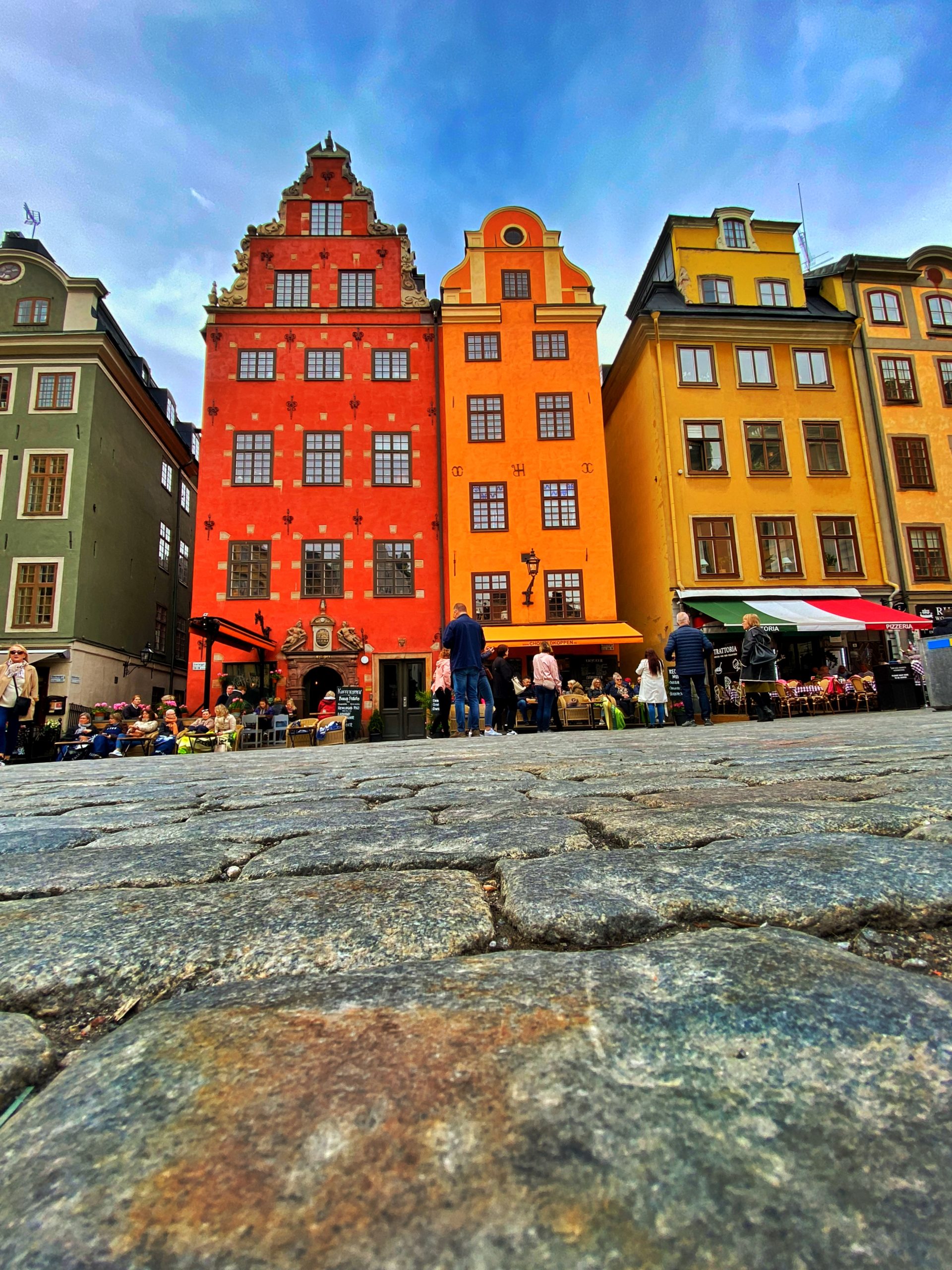
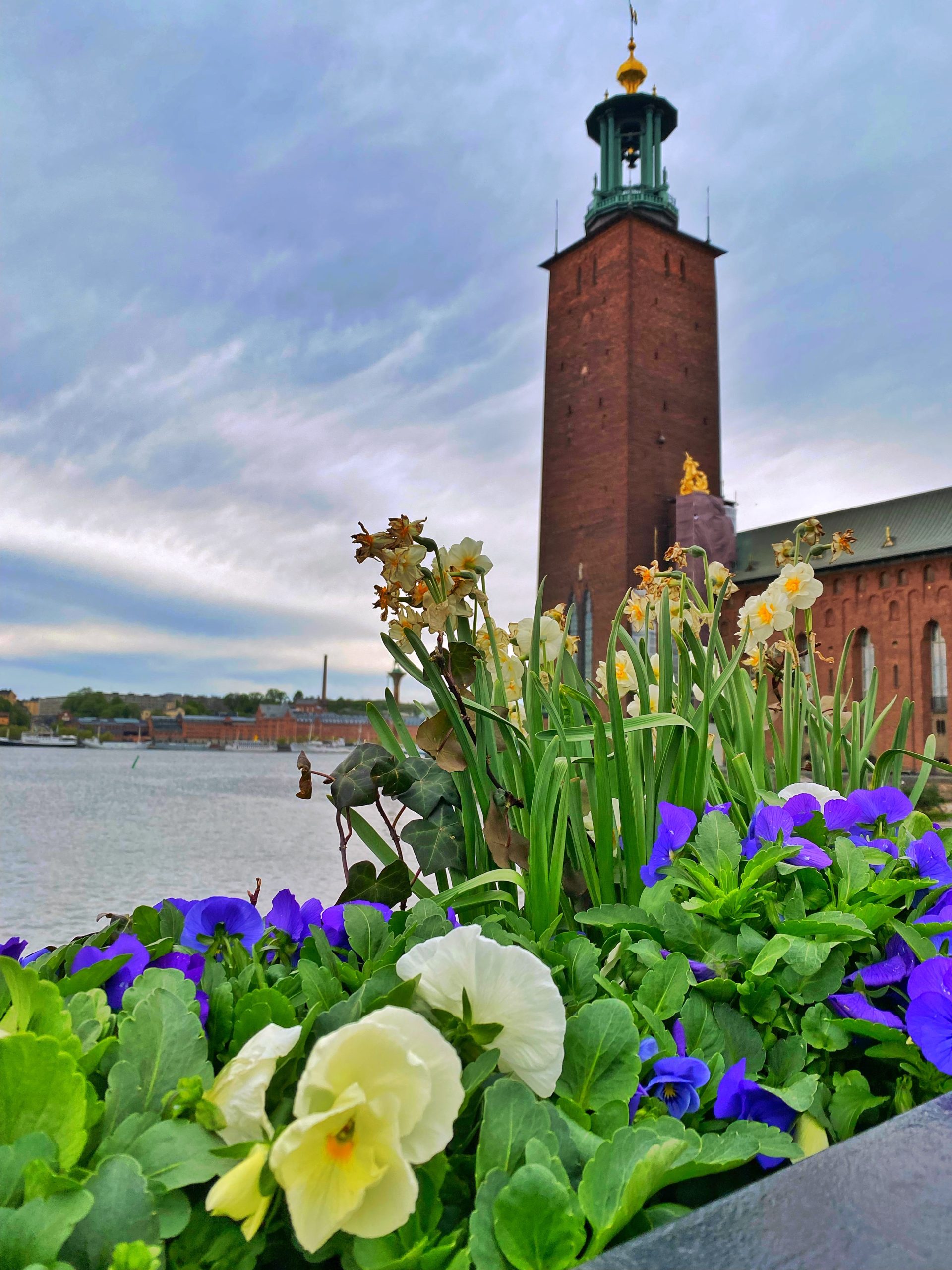

If you are keen to try some traditional Swedish foods whilst in the country, popular local options include raggmunk with lingonberries (fried potato pancake), kanelbullar (cardamom and cinnamon buns), and limpa (rye loaf scented with orange, caraway and fennel). It’s also worth noting that tap water in Sweden is high quality and completely safe to drink!
From exploring the fascinating museums and cruising around Stockholm, to meandering your way through the Old Town and roaming around the world-class metro stations, there is an abundance of things to see and do in the Swedish capital. Keep a look out for my upcoming blog posts to find out more.
BOOK: Stockholm All-Inclusive City Pass
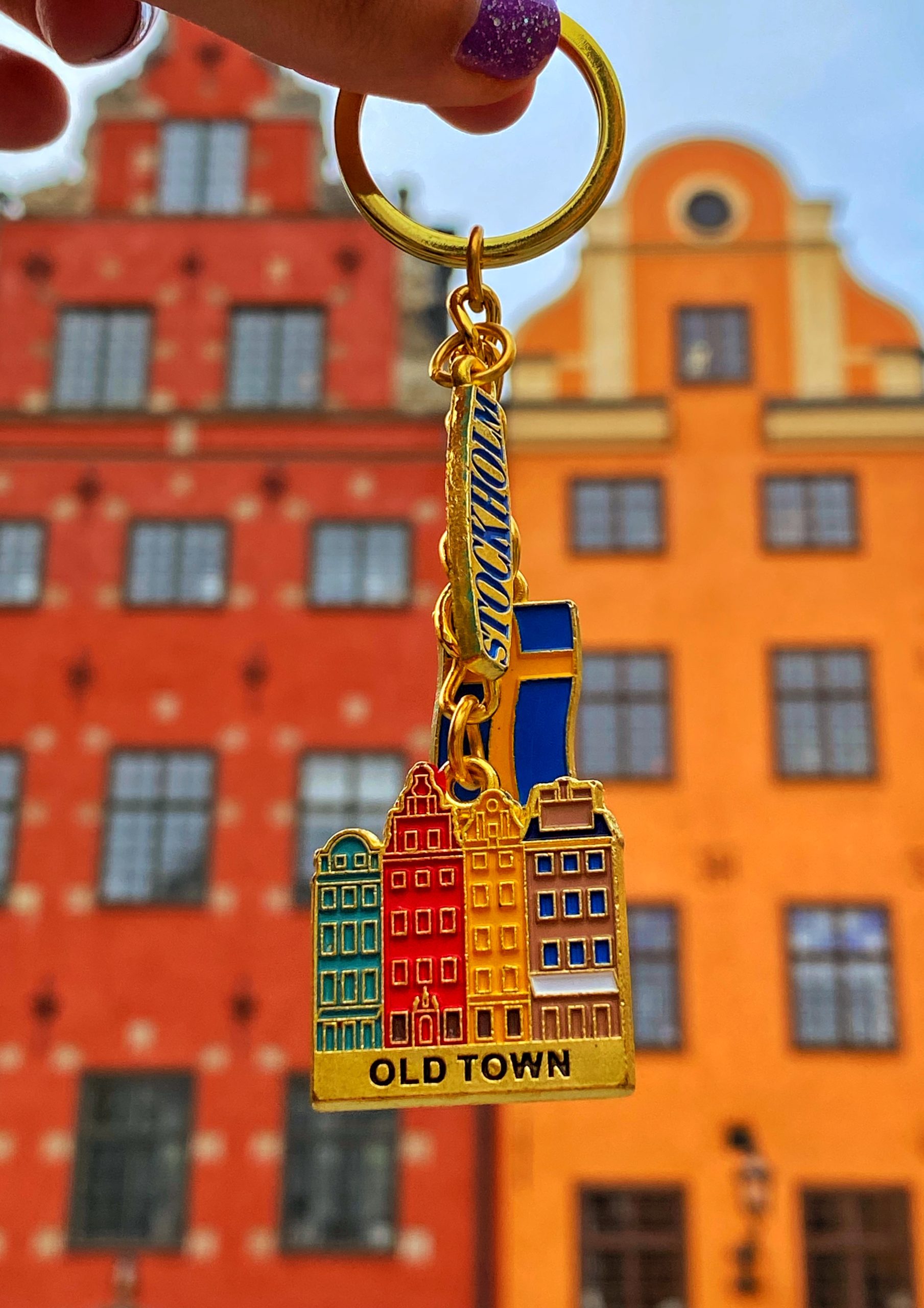
Leave a Reply